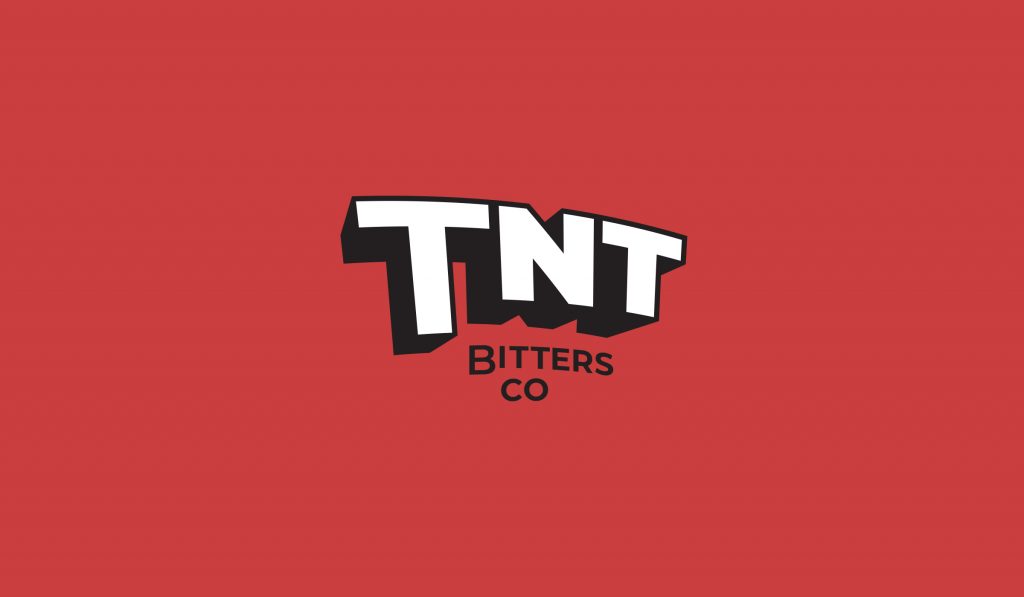Branding Best Practices
Aug 19, 2019
Strong, clear, and consistent purpose-led branding is one of the most important foundations of businesses today. Now, more so than ever, brands’ target audiences are choosing to buy products and services from companies whose branding aligns with their values and with whom they have an emotional connection. In the past, marketing key differentials were enough to sway potential customers to select their products and services. Now, they want to purchase from brands that not only meet their needs but also project the persons’ identity and beliefs.
Brands like Apple, Nike, and Mercedes Benz have been applying this understanding to their brand successfully for years, creating brand advocates for life. While your brand might not have the recognition or branding teams they do (we can always dream…), you too can create and present a brand that will provide meaningful connections with your target market and drive your brand to new heights.
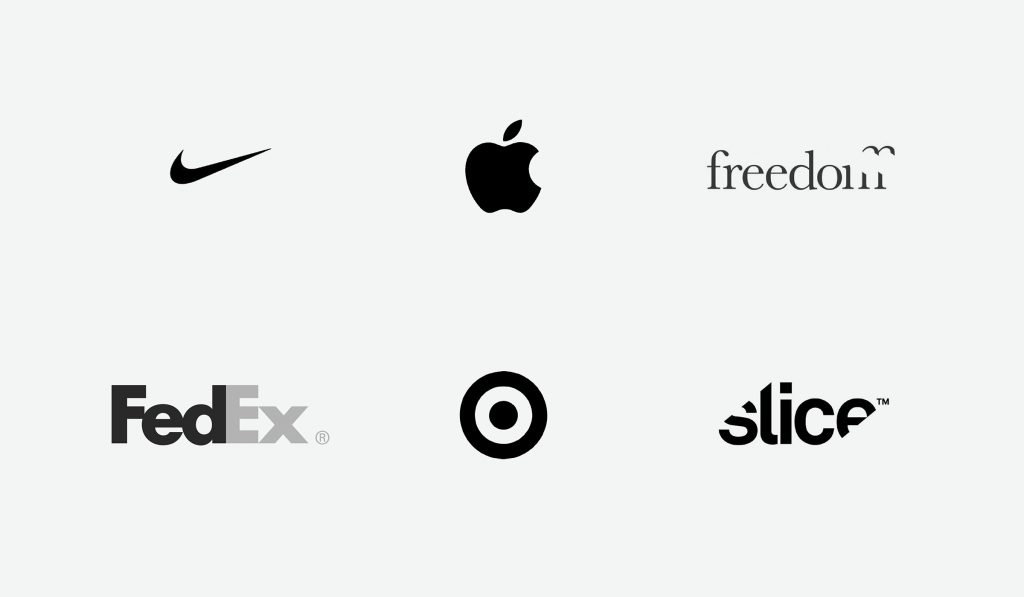
Regardless of how you want your brand to be aligned in the market, there are some best practices to follow to assure your branding is presented consistently while delivering your purpose-led messaging and positioning. Here are the branding best practices to follow to start creating brand advocates who will stay with you as your company continues to evolve over time.
Branding Clarity with Meaning
At Stout Heart, we believe one of the most important branding best practices businesses need to focus on is providing brand clarity with meaning. Businesses need to define clear positioning of what the brand stands for using value-driven and purpose-led messaging. This starts with a clear positioning of brand that can be projected into the brand standards and extended into the logo, tagline, and signature brand stories. By doing so, you will define how your brand should be thought of in the marketplace, why your target market should care, and hopefully, when done right, create meaningful connections between the brand and customers.
Once the brand has a clear and meaningful position, companies can apply it to all of the brand assets that are shared externally and internally. Before we discuss the best practices for brand assets, let’s talk about delivering the brand consistently.
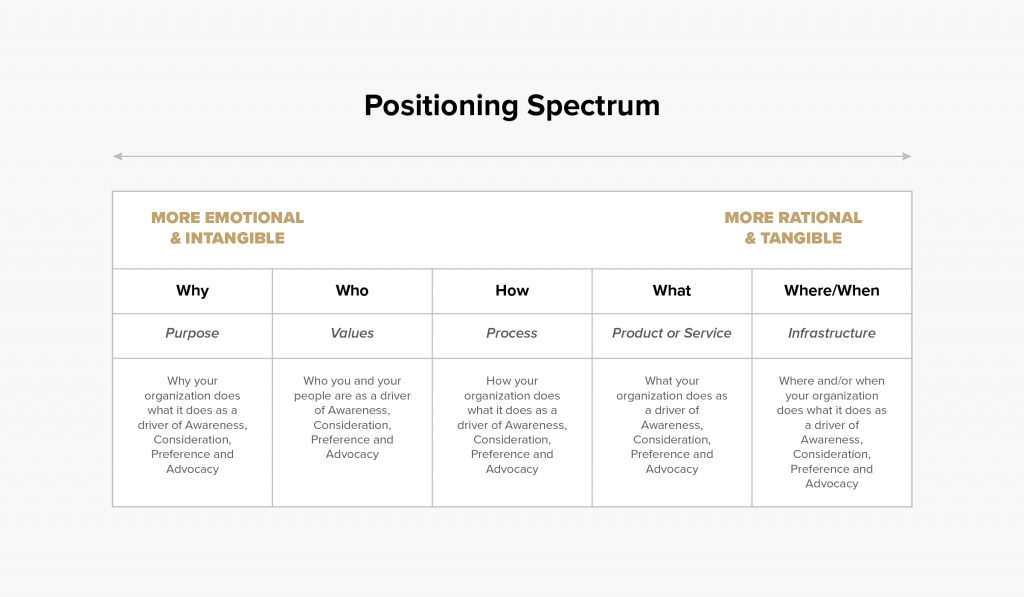
Consistency Everywhere
We will dive into the main brand assets and their best practices in a second. But before we do, we need to talk about branding consistency. Branding should be the same no matter the medium it is used in and regardless if it is presented internally or externally. Any difference in branding could confuse the target market reducing the chances of connecting with your prospects. Plus, you could be hurting employee morale through confusing brand messages and cause mistrust. These risks should not be taken lightly and as such, striving to have consistent branding everywhere is a key best practice to follow.
Creating brand standards that are either accessible via a digital brand guideline site/portal or simply a shareable PDF is highly recommended. Share your brand standards internally to provide consistent branding from all departments and employees. Defining the usages of logos, tag line, fonts, colors, and other brand assets will assure your brand is communicated correctly to all prospects and clients when an employee speaks and shares any information about your business.
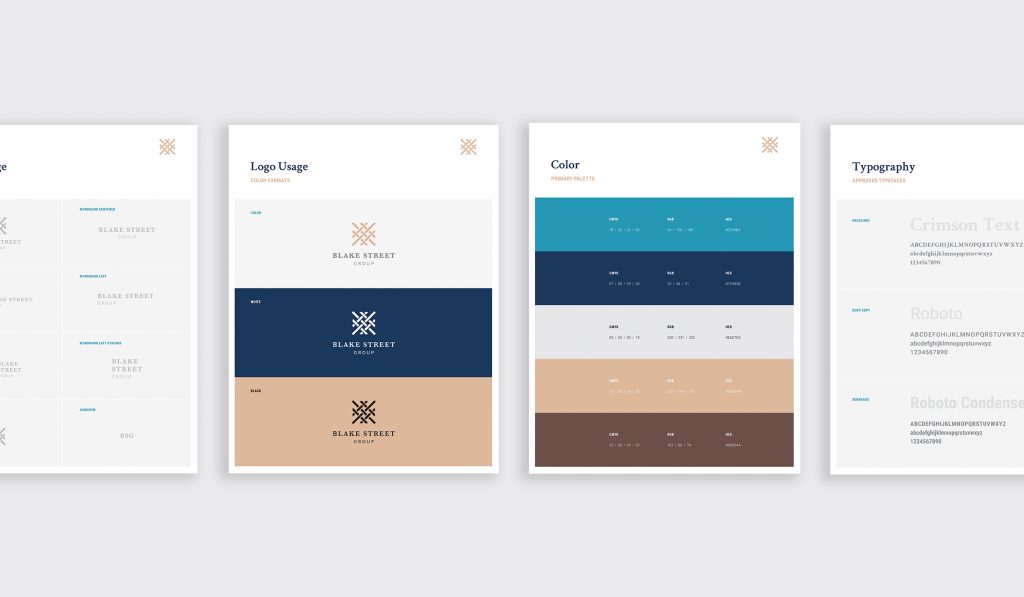
Okay, now that we have talked about the foundational best brand practices, let’s discuss the brand asset best practices. The core brand assets are brand logos, fonts, colors, and imagery usage.
Logo
A logo’s primary function is to identify a company or brand while quickly presenting brand meaning to the viewer. This is a symbolic representation of all the brand meaning and standards provided in a distinctive graphic. Since your logo is one of the first brand elements your target market sees and reacts to, it must be recognizable and inspire admiration, trust, and loyalty. Some of the top logo designers stick to five core values of a logo – Simple, Memorable, Timeless, Versatile, and Appropriate. If you can meet those five values, you will be well on your way to a great logo.
Simple: Simplicity makes a logo design easily recognizable, versatile and memorable. Apply the K.I.S.S. method for good logos that feature something unexpected or unique, without being “overdrawn.”
Memorable: An effective logo design should be memorable, which is achieved by keeping it simple yet appropriate.
Timeless: Trends come and go, and that’s fine, but where your brand identity is concerned, longevity is key. Consider creating a logo that can last the test of time and does not feature current, flashy trends.
Versatile: An effective logo works across a variety of mediums – both print and digital. For this reason, logos should be designed in vector format, to ensure that they scale to any size
Appropriate: How you “position” the logo should be appropriate for its intended audience. Don’t be playful when you want to come off as serious and visa versa.
Once you have a logo that meets those five values, you will need it to work when used in both print and digital formats. As such, logos need to be able to render well in both small and large formats. It is essential that your logo should be created using vector graphics so you can easily render it on business cards, letterheads, in social media, emails, websites, and advertisements.
Brand Typography
Choosing a brand font can be daunting – especially when there are over 923 typeface or font families on Google Fonts and 1,815 on Adobe Fonts to choose from. There are no right or wrong typeface chooses, but there are some basic rules to follow to make sure your brand typeface projects the right clarity and meaning we detailed at the beginning of this article. Since there are so many options to select from, find a brand font that reflects your brand’s value. If you want to more whimsical than serious, select a playful font like Pacifico. If you are looking for a more serious font to detail a strong, trustworthy brand, try a font like Montserrat.
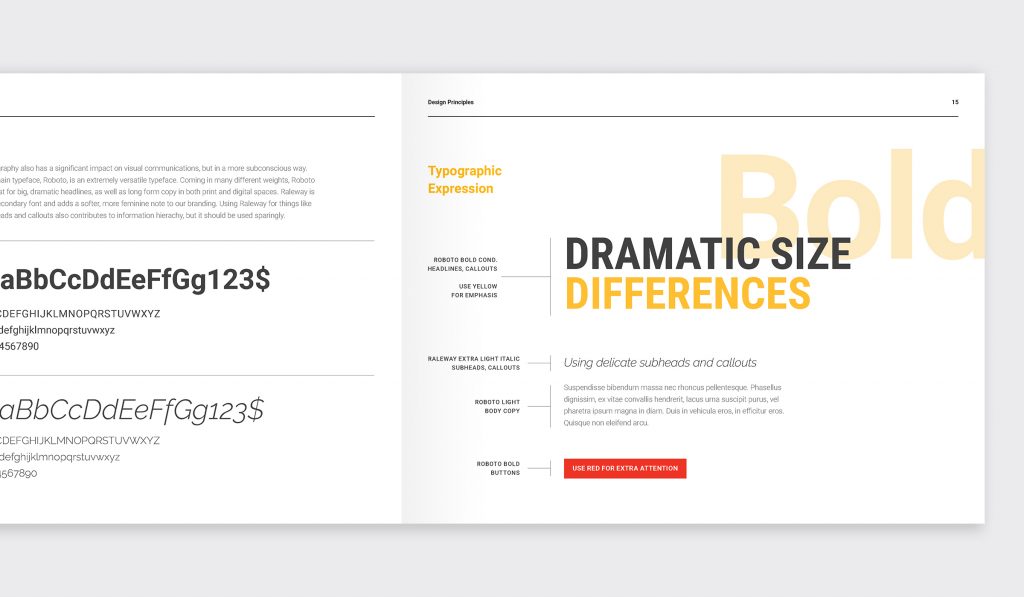
Regardless of which typeface you feel best represents the brand meaning and values, make sure the font is legible and easy to read. Consider using contrast when possible to create a visual hierarchy to keep the reader engaged. Lastly, you know your brand better than anyone else, so if you feel a specific font best represents your brand and how you want it presented, choose that font and then work with experts to find the font pairings to complete your palette.
Pro-tip, when considering typeface, try to select an open-source typeface to make it easier to use in digital formats and online. This will help all viewers on digital devices easily access your brand typeface without worrying that it could render poorly causing bad brand connotations.
Brand Colors
Color theory has been around for a very long time and it is used heavily when selecting brand colors. This application of the theory is the main reason why food companies like to use oranges over browns and why insurance and finance companies tend to use blues while avoiding yellows. They know that their color choices create specific physiological feelings in the eyes of the viewer. Great brands use these colors to their advantage by applying colors to their brand that they know will create a specific emotional reaction in the viewers. You too can leverage color theory to get the most out of your brand colors.
Psychologists have found a deep connection with certain colors developed after years of associating them with particular objects. A blood-red, for example, puts people on alert for danger nearby, the browns of dirt and rotten food tend to be unappetizing, and blues tend to put people at ease and give them a sense of trust (hence the “Trust Me Blue” in insurance and finance). You can learn more about color theory here.
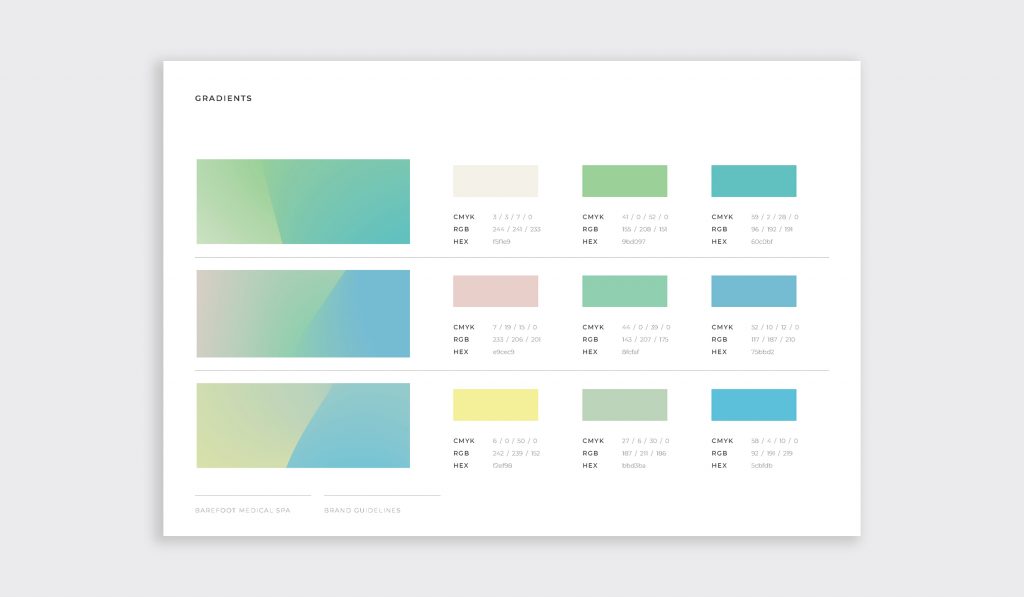
Once you select your colors and define the secondary colors for full brand palette, make sure to keep them consistent throughout all of your brand’s business ventures. By using the same colors in all your business ventures, you strengthen your brand’s association with those colors, and by extension strengthen brand awareness as a whole. This means keeping the same brand colors on things like your:
- Logo
- Website
- Storefronts
- In-store designs
- Staff uniforms
- Advertisements
Brand Images
The next and final aspect of creating and maintaining a brand is the images businesses will use to portray the visual experience of the brand. This aspect is very important to deliver the right brand message to your prospects and clients. Select an image strategy that is connected and supports the brand positioning and guidelines to create emotional connects to your brand.
Not only should the images reflect the brand positioning, but the images should also be high-quality and high-resolution graphics. While it can be cost-effective and time-saving, avoid general stock art images as they can demote the value of your brand. Consider taking personalized, on-brand photos for your brand assets and advertisements.
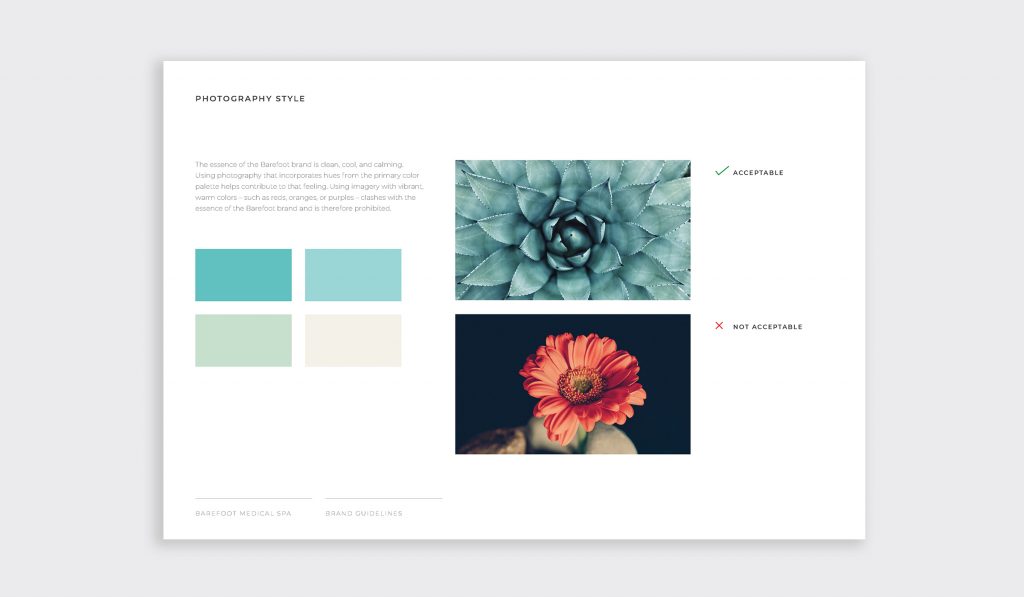
Conclusion
Creating and maintaining a brand should be a key business priority. While it is not suggested to continually re-brand annual, a business should keep evolving the brand to stay current with your target market and keep the brand fresh as design trends evolve over time.
Branding is an important aspect of your company and should not be taken lightly. If you are unsure if you can go it alone, partner with trusted brand experts to help you define and deploy your brand in the market. While it is easy to refine a brand over time once it is established, it is very hard to overcome branding mistakes early on. Make sure you work with professional brand experts who know how to make your brand vision come to life using these brand best practices. (Feel free to check out some of our logo and branding projects for inspiration.)
We will leave you with a great quote from Daniel Blattler, CEO of The Ad Store UK, who sums up branding very well:
“A strong brand can’t be created overnight. It is a challenging but exciting journey that needs to be embraced by all involved. Whether a company is large, medium or small in size, whether it is in the consumer or in the B2B sector – when that point of difference is defined, when we are clear why a business exists and how it is delivering its offering, then we’re in a very good position to becoming a strong brand that will attract loyal customers. Not only is the journey rewarding, the rewards will be plentiful too.”
If you need help with your branding, let’s talk and layout a plan to either refresh or provide the right assets for your branding needs. Drop us a line at [email protected] or send us a message via our contact page.
